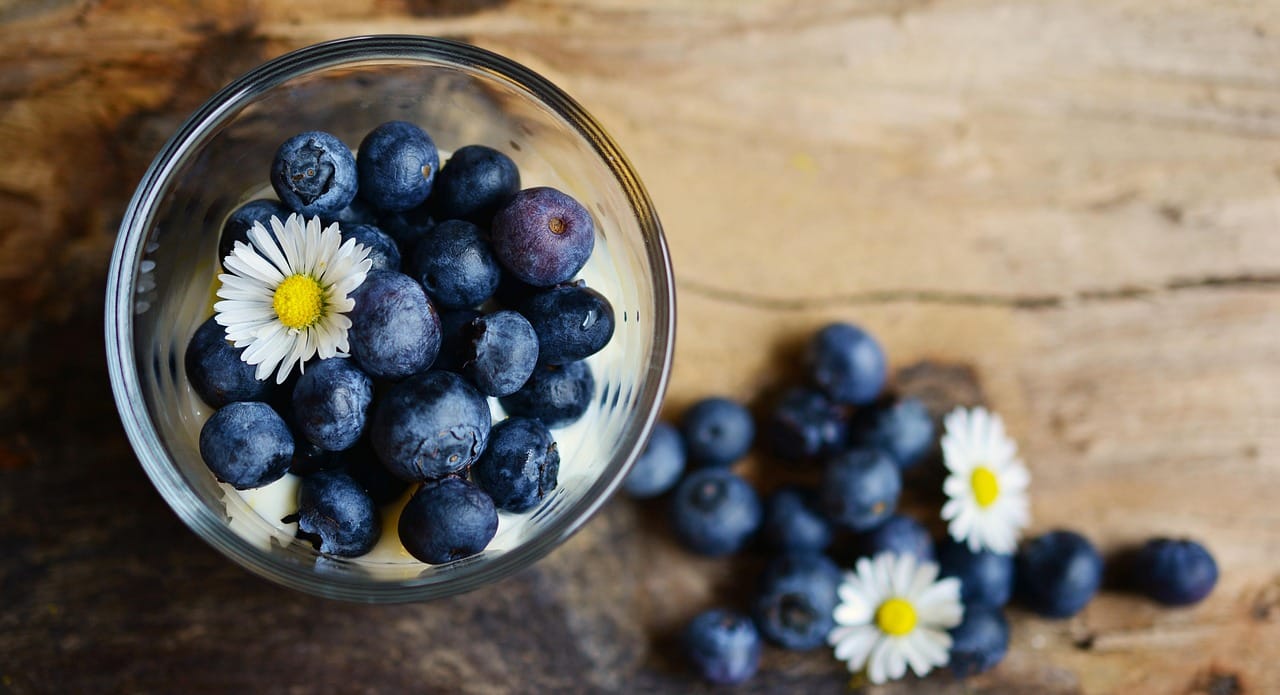Imagine a sweet, melt-in-your-mouth confection that evokes feelings of nostalgia and pure indulgence. That’s fudge! This creamy, dreamy treat is a staple in candy shops and kitchens around the world. But what exactly is fudge, and what makes it so irresistible? This blog post will delve deep into the world of fudge, exploring its history, ingredients, variations, and even providing tips for making the perfect batch at home. So, get ready to satisfy your sweet tooth and discover everything you need to know about this delectable dessert.
The History of Fudge
Fudge boasts a rich and interesting history, dating back to the late 19th century. Its origins are often attributed to a happy accident, or perhaps a “fudged” attempt at making caramels.
A Sweet Mishap
- According to popular lore, fudge was first created in 1886 by a student at Vassar College in Poughkeepsie, New York.
- The student was reportedly trying to make caramels but “fudged” the recipe, resulting in a softer, creamier treat.
- This early fudge quickly gained popularity among students and was soon being sold at the Vassar College campus store.
Commercialization and Spread
- The recipe for fudge quickly spread beyond Vassar College, becoming a popular homemade treat.
- In the late 19th and early 20th centuries, fudge shops began to emerge, particularly in tourist destinations like Mackinac Island, Michigan.
- These shops played a crucial role in popularizing fudge and establishing it as a beloved American confection. Mackinac Island remains famous for its fudge production today.
Evolution of Recipes
- Early fudge recipes typically called for sugar, butter, and milk, cooked to a soft-ball stage.
- Over time, variations emerged, incorporating ingredients like chocolate, nuts, and marshmallows.
- Today, countless fudge recipes exist, catering to a wide range of tastes and dietary preferences.
The Science of Fudge: Understanding the Ingredients
Fudge relies on a delicate balance of ingredients and precise cooking techniques to achieve its signature creamy texture. Understanding these elements is key to mastering fudge-making.
The Role of Sugar
- Sugar is the primary ingredient in fudge, providing sweetness and structure.
- The type of sugar used can affect the final texture and flavor of the fudge. Granulated sugar is the most common choice.
- Proper sugar crystallization is crucial. If the sugar crystals are too large, the fudge will be grainy; if there are no crystals, it will be syrup.
The Importance of Fat
- Butter (or other fats like shortening or margarine) contributes to the richness and smoothness of fudge.
- Fat helps to prevent the formation of large sugar crystals, which can lead to a grainy texture.
- The quality of the butter can significantly impact the flavor of the fudge.
Milk and Cream
- Milk or cream adds moisture and helps to create the creamy consistency characteristic of fudge.
- Evaporated milk or sweetened condensed milk can also be used to add sweetness and thickness.
- The fat content of the milk or cream can influence the richness of the final product.
Flavor Enhancers
- Chocolate, vanilla extract, nuts, and marshmallows are common flavor enhancers in fudge.
- These ingredients can add depth and complexity to the flavor profile of the fudge.
- The quality of these ingredients is important, as they can significantly impact the overall taste.
Making Fudge at Home: Tips and Tricks
Creating fudge at home can seem daunting, but with the right knowledge and techniques, you can achieve delicious results.
Essential Equipment
- Heavy-bottomed saucepan: Ensures even heating and prevents scorching.
- Candy thermometer: Crucial for accurately monitoring the temperature of the sugar mixture. Digital thermometers offer precise readings.
- Wooden spoon: For stirring the fudge and preventing sugar crystallization on the sides of the pan.
- Baking dish: To set the fudge in. Line with parchment paper for easy removal.
The Cooking Process
- Combine ingredients: In the saucepan, combine sugar, butter, milk (or cream), and any other base ingredients.
- Cook to the soft-ball stage: Heat the mixture over medium heat, stirring constantly, until it reaches the soft-ball stage (235-240°F or 112-115°C on a candy thermometer).
- Cool and beat: Remove from heat and let cool slightly (around 110°F or 43°C). Then, beat vigorously with a wooden spoon until the fudge thickens and loses its glossy appearance.
- Add flavorings: Stir in any flavorings, such as chocolate, vanilla extract, or nuts.
- Pour and set: Pour the fudge into the prepared baking dish and spread evenly. Let it set at room temperature for several hours, or in the refrigerator for faster setting.
Troubleshooting Tips
- Grainy fudge: This is often caused by insufficient stirring during cooking or cooling. Make sure to stir constantly during the cooking process and beat the fudge vigorously after cooling. You can also add a small amount of corn syrup to help prevent crystallization.
- Fudge that doesn’t set: This could be due to not cooking the sugar mixture to the correct temperature. Use a candy thermometer to ensure accuracy.
- Hard fudge: Overcooking the sugar mixture can result in hard fudge. Monitor the temperature carefully and remove from heat as soon as it reaches the soft-ball stage.
Basic Fudge Recipe
- Ingredients:
- 2 cups granulated sugar
- 1/2 cup butter, cut into pieces
- 2/3 cup evaporated milk
- 1/4 teaspoon salt
- 1 teaspoon vanilla extract
- Instructions:
Fudge Variations: Exploring Different Flavors
The world of fudge extends far beyond the classic chocolate variety. There are countless variations to explore, each offering a unique flavor experience.
Chocolate Fudge
- Classic Chocolate Fudge: The most popular type, made with unsweetened chocolate or cocoa powder.
- Chocolate Walnut Fudge: A combination of rich chocolate and crunchy walnuts.
- Double Chocolate Fudge: Features both unsweetened chocolate and chocolate chips for an extra intense chocolate flavor.
- Chocolate Peanut Butter Fudge: A delightful pairing of chocolate and creamy peanut butter.
Other Flavor Profiles
- Peanut Butter Fudge: A creamy and nutty treat made with peanut butter.
- Vanilla Fudge: A simple yet satisfying fudge with a smooth vanilla flavor.
- Maple Fudge: Infused with the distinct flavor of maple syrup.
- Salted Caramel Fudge: A sweet and salty combination of caramel and sea salt.
- Cookies and Cream Fudge: Incorporates crushed cookies for added texture and flavor.
Seasonal Variations
- Pumpkin Spice Fudge: A fall favorite flavored with pumpkin puree and spices.
- Peppermint Fudge: A festive treat with a refreshing peppermint flavor.
- Eggnog Fudge: A holiday-inspired fudge with the rich flavor of eggnog.
Health Considerations and Nutritional Information
While fudge is a delightful treat, it’s important to be mindful of its nutritional content and enjoy it in moderation.
Calorie and Sugar Content
- Fudge is typically high in calories and sugar due to its primary ingredients.
- A small piece of fudge (approximately 1 ounce) can contain 100-150 calories and 15-20 grams of sugar.
- The exact calorie and sugar content can vary depending on the ingredients and recipe.
Fat Content
- Fudge is also relatively high in fat, primarily from butter or other fats used in the recipe.
- The fat content can contribute to the rich and creamy texture of fudge, but it’s important to consume it in moderation.
Tips for Healthier Fudge
- Reduce sugar: Experiment with using less sugar in your recipes, or consider using sugar substitutes.
- Use healthier fats: Opt for unsalted butter, or explore using coconut oil or avocado oil.
- Add fiber: Incorporate ingredients like nuts or seeds to add fiber, which can help to balance the sugar content.
- Practice portion control: Enjoy fudge as an occasional treat and limit your portion sizes.
Conclusion
Fudge, with its rich history and countless variations, remains a beloved confection for people of all ages. Whether you’re a seasoned baker or a novice in the kitchen, mastering the art of fudge-making is a rewarding experience. By understanding the science behind the ingredients, following the tips and tricks outlined in this guide, and experimenting with different flavors, you can create delicious and satisfying fudge that will impress your friends and family. So, go ahead and indulge in the sweet world of fudge!




